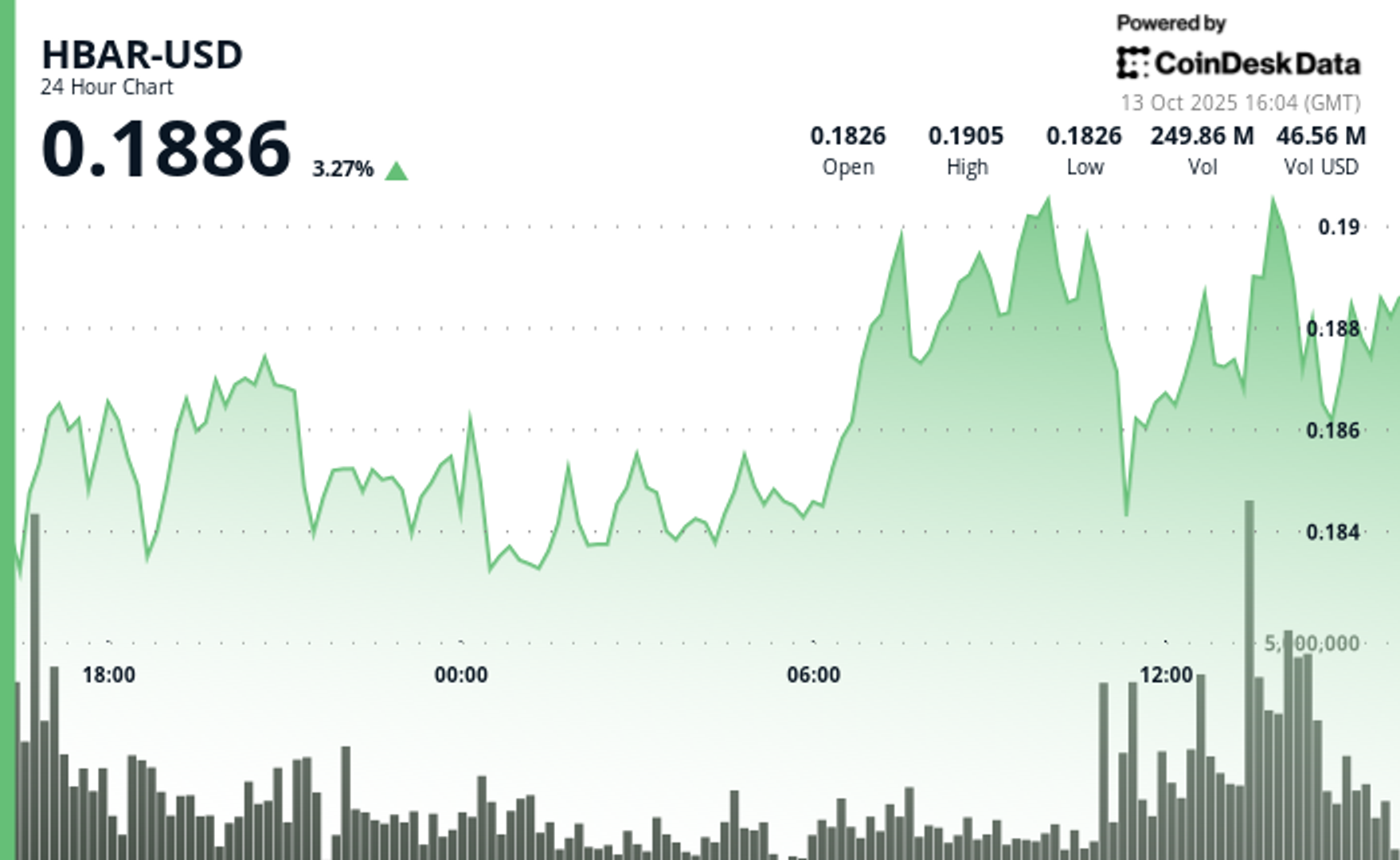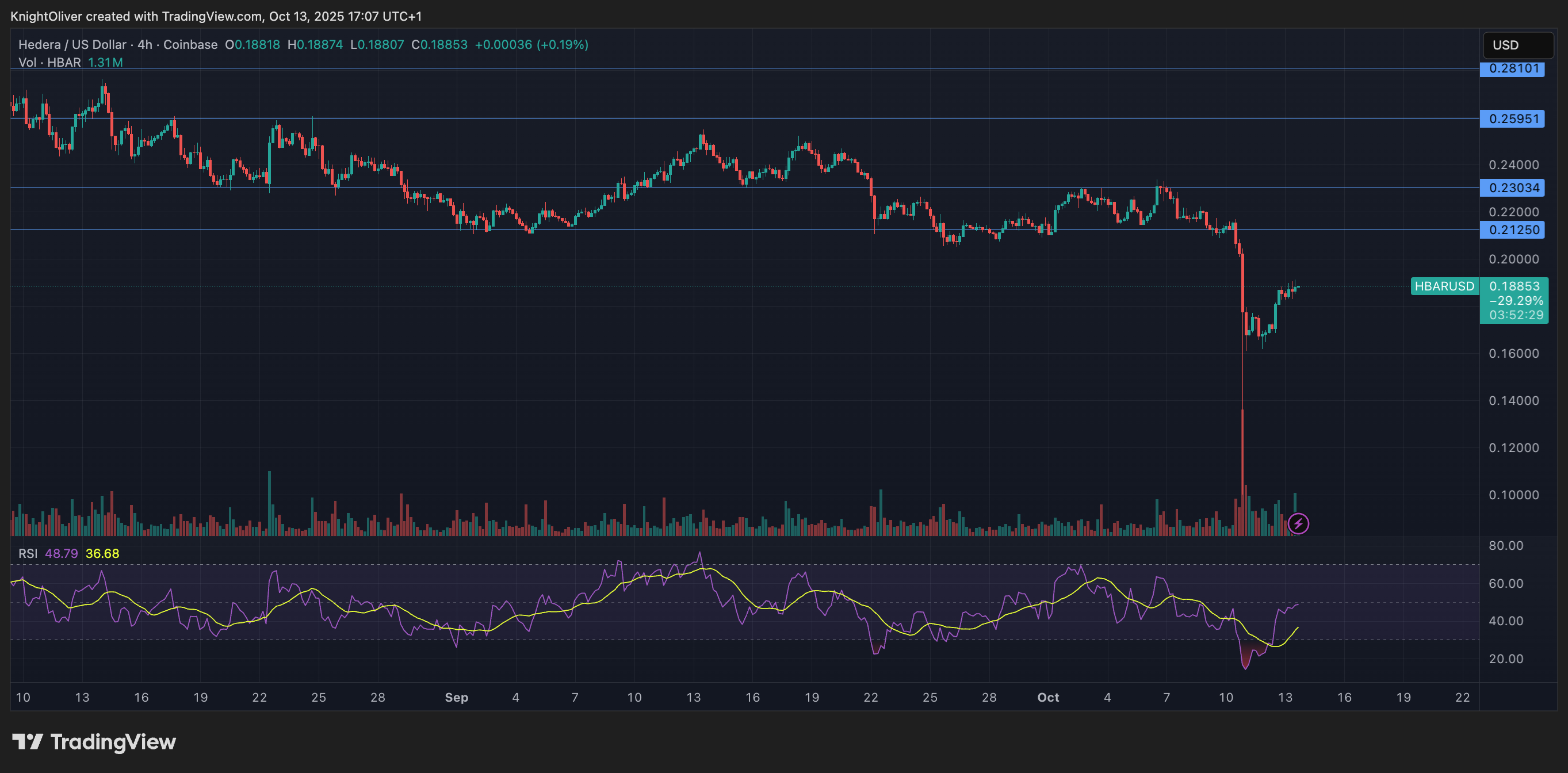Uncategorized
5 New Trends in Generative AI That Web3 Needs to Be Ready For

«Build for where the industry is going, not for where it is.» This mantra has fueled disruptive innovations for decades — Microsoft capitalized on microprocessors, Salesforce leveraged the cloud and Uber thrived in the mobile revolution.
The same principle applies to AI — Generative AI is evolving so rapidly that building for today’s capabilities risks obsolescence. Historically, Web3 has played little role in this AI evolution. But can it adapt to the latest trends reshaping the industry?
2024 was a pivotal year for generative AI, with groundbreaking research and engineering advancements. It was also the year that the Web3-AI narrative transitioned from speculative hype to glimpses of real utility. While the first wave of AI revolved around mega-models, long training cycles, vast compute clusters and deep enterprise pockets — making them largely inaccessible to Web3 — newer trends in 2024 are opening doors for meaningful Web3 integration.
On the Web3-AI front, 2024 was dominated by speculative projects such as meme-driven agentic platforms that reflected bullish market sentiment but offered little real-world utility. As that hype fades, a window of opportunity is emerging to refocus on tangible use cases. The generative AI landscape of 2025 will be vastly different, with transformative shifts in research and technology. Many of these changes could catalyze Web3 adoption, but only if the industry builds for the future.
Let’s examine five key trends shaping AI and the potential they present for Web3.
1. The reasoning race
Reasoning has become the next frontier for large language models (LLMs). Recent models like GPT-01, DeepSeek R1, and Gemini Flash place reasoning capabilities at the core of their advancements. Functionally, reasoning allows AI to break down complex inference tasks into structured, multi-step processes, often leveraging Chain of Thought (CoT) techniques. Just as instruction-following became a standard for LLMs, reasoning will soon be a baseline capability for all major models.
The Web3-AI opportunity
Reasoning involves intricate workflows that require traceability and transparency — an area where Web3 shines. Imagine an AI-generated article where every reasoning step is verifiable on-chain, providing an immutable record of its logical sequence. In a world where AI-generated content dominates digital interactions, this level of provenance could become a fundamental need. Web3 can provide a decentralized, trustless layer to verify AI reasoning pathways, bridging a critical gap in today’s AI ecosystem.
2. Synthetic data training scales up
A key enabler of advanced reasoning is synthetic data. Models like DeepSeek R1 use intermediate systems (such as R1-Zero) to generate high-quality reasoning datasets, which are then used for fine-tuning. This approach reduces dependence on real-world datasets, accelerating model development and improving robustness.
The Web3-AI opportunity
Synthetic data generation is a highly parallelizable task, ideal for decentralized networks. A Web3 framework could incentivize nodes to contribute compute power toward synthetic data generation, earning rewards based on dataset usage. This could foster a decentralized AI data economy in whichsynthetic datasets power open-source and proprietary AI models alike.
3. The shift to post-training workflows
Early AI models relied on massive pretraining workloads requiring thousands of GPUs. However, models like GPT-01 have shifted focus to mid-training and post-training, enabling more specialized capabilities such as advanced reasoning. This shift dramatically alters compute requirements, reducing dependence on centralized clusters.
The Web3-AI opportunity
While pretraining demands centralized GPU farms, post-training can be distributed across decentralized networks. Web3 could facilitate decentralized AI model refinement, allowing contributors to stake compute resources in return for governance or financial incentives. This shift democratizes AI development, making decentralized training infrastructures more viable.
4. The rise of distilled small models
Distillation, a process in which large models are used to train smaller, specialized versions, has seen a surge in adoption. Leading AI families such as Llama, Gemini, Gemma and DeepSeek now include distilled variants optimized for efficiency, enabling them to run on commodity hardware.
The Web3-AI opportunity
Distilled models are compact enough to run on consumer-grade GPUs or even CPUs, making them a perfect fit for decentralized inference networks. Web3-based AI inference marketplaces could emerge, in which nodes provide compute power to execute lightweight, distilled models. This would decentralize AI inference, reducing reliance on cloud providers and unlocking new tokenized incentive structures for participants.
5. The demand for transparent AI evaluations
One of the biggest challenges in generative AI is evaluation. Many top-tier models have effectively memorized existing industry benchmarks, rendering them unreliable for assessing real-world performance. When you see a model scoring extremely high on a given benchmark, it’s often because that benchmark has been included in the training corpus of the model. Today, no robust mechanisms exist for verifying model evaluation results, leading companies to rely on self-reported numbers in technical papers.
The Web3-AI Opportunity
Blockchain-based cryptographic proofs could introduce radical transparency into AI evaluations. Decentralized networks could verify model performance across standardized benchmarks, reducing reliance on unverifiable corporate claims. Additionally, Web3 incentives could encourage the development of new, community-driven evaluation standards, pushing AI accountability to new heights.
Can Web3 adapt to the next wave of AI?
Generative AI is undergoing a paradigm shift. The path to artificial general intelligence (AGI) is no longer dominated solely by monolithic models with lengthy training cycles. New breakthroughs — such as reasoning-driven architectures, synthetic dataset innovations, post-training optimizations and model distillation — are decentralizing AI workflows.
Web3 was largely absent from the first wave of generative AI, but these emerging trends introduce fresh opportunities where decentralized architectures can provide real utility. The crucial question now is: can Web3 move fast enough to seize this moment and become a relevant force in the AI revolution?
Business
Strategy Bought $27M in Bitcoin at $123K Before Crypto Crash

Strategy (MSTR), the world’s largest corporate owner of bitcoin (BTC), appeared to miss out on capitalizing on last week’s market rout to purchase the dip in prices.
According to Monday’s press release, the firm bought 220 BTC at an average price of $123,561. The company used the proceeds of selling its various preferred stocks (STRF, STRK, STRD), raising $27.3 million.
That purchase price was well above the prices the largest crypto changed hands in the second half of the week. Bitcoin nosedived from above $123,000 on Thursday to as low as $103,000 on late Friday during one, if not the worst crypto flash crash on record, liquidating over $19 billion in leveraged positions.
That move occurred as Trump said to impose a 100% increase in tariffs against Chinese goods as a retaliation for tightening rare earth metal exports, reigniting fears of a trade war between the two world powers.
At its lowest point on Friday, BTC traded nearly 16% lower than the average of Strategy’s recent purchase price. Even during the swift rebound over the weekend, the firm could have bought tokens between $110,000 and $115,000, at a 7%-10% discount compared to what it paid for.
With the latest purchase, the firm brought its total holdings to 640,250 BTC, at an average acquisition price of $73,000 since starting its bitcoin treasury plan in 2020.
MSTR, the firm’s common stock, was up 2.5% on Monday.
Business
HBAR Rises Past Key Resistance After Explosive Decline

HBAR (Hedera Hashgraph) experienced pronounced volatility in the final hour of trading on Oct. 13, soaring from $0.187 to a peak of $0.191—a 2.14% intraday gain—before consolidating around $0.190.
The move was driven by a dramatic surge in trading activity, with a standout 15.65 million tokens exchanged at 13:31, signaling strong institutional participation. This decisive volume breakout propelled the asset beyond its prior resistance range of $0.190–$0.191, establishing a new technical footing amid bullish momentum.
The surge capped a broader 23-hour rally from Oct. 12 to 13, during which HBAR advanced roughly 9% within a $0.17–$0.19 bandwidth. This sustained upward trajectory was characterized by consistent volume inflows and a firm recovery from earlier lows near $0.17, underscoring robust market conviction. The asset’s ability to preserve support above $0.18 throughout the period reinforced confidence among traders eyeing continued bullish action.
Strong institutional engagement was evident as consecutive high-volume intervals extended through the breakout window, suggesting renewed accumulation and positioning for potential continuation. HBAR’s price structure now shows resilient support around $0.189–$0.190, signaling the possibility of further upside if momentum persists and broader market conditions remain favorable.

Technical Indicators Highlight Bullish Sentiment
- HBAR operated within a $0.017 bandwidth (9%) spanning $0.174 and $0.191 throughout the previous 23-hour period from 12 October 15:00 to 13 October 14:00.
- Substantial volume surges reaching 179.54 million and 182.77 million during 11:00 and 13:00 sessions on 13 October validated positive market sentiment.
- Critical resistance materialized at $0.190-$0.191 thresholds where price movements encountered persistent selling activity.
- The $0.183-$0.184 territory established dependable support through volume-supported bounces.
- Extraordinary volume explosion at 13:31 registering 15.65 million units signaled decisive breakout event.
- High-volume intervals surpassing 10 million units through 13:35 substantiated significant institutional engagement.
- Asset preserved support above $0.189 despite moderate profit-taking activity.
Disclaimer: Parts of this article were generated with the assistance from AI tools and reviewed by our editorial team to ensure accuracy and adherence to our standards. For more information, see CoinDesk’s full AI Policy.
Business
Crypto Markets Today: Bitcoin and Altcoins Recover After $500B Crash

The crypto market staged a recovery on Monday following the weekend’s $500 billion bloodbath that resulted in a $10 billion drop in open interest.
Bitcoin (BTC) rose by 1.4% while ether (ETH) outperformed with a 2.5% gain. Synthetix (SNX, meanwhile, stole the show with a 120% rally as traders anticipate «perpetual wars» between the decentralized trading venue and HyperLiquid.
Plasma (XPL) and aster (ASTER) both failed to benefit from Monday’s recovery, losing 4.2% and 2.5% respectively.
Derivatives Positioning
- The BTC futures market has stabilized after a volatile period. Open interest, which had dropped from $33 billion to $23 billion over the weekend, has now settled at around $26 billion. Similarly, the 3-month annualized basis has rebounded to the 6-7% range, after dipping to 4-5% over the weekend, indicating that the bullish sentiment has largely returned. However, funding rates remain a key area of divergence; while Bybit and Hyperliquid have settled around 10%, Binance’s rate is negative.
- The BTC options market is showing a renewed bullish lean. The 24-hour Put/Call Volume has shifted to be more in favor of calls, now at over 56%. Additionally, the 1-week 25 Delta Skew has risen to 2.5% after a period of flatness.
- These metrics indicate a market with increasing demand for bullish exposure and upside protection, reflecting a shift away from the recent «cautious neutrality.»
- Coinglass data shows $620 million in 24 hour liquidations, with a 34-66 split between longs and shorts. ETH ($218 million), BTC ($124 million) and SOL ($43 million) were the leaders in terms of notional liquidations. Binance liquidation heatmap indicates $116,620 as a core liquidation level to monitor, in case of a price rise.
Token Talk
By Oliver Knight
- The crypto market kicked off Monday with a rebound in the wake of a sharp weekend leverage flush. According to data from CoinMarketCap, the total crypto market cap climbed roughly 5.7% in the past 24 hours, with volume jumping about 26.8%, suggesting those liquidated at the weekend are repurchasing their positions.
- A total of $19 billion worth of derivatives positions were wiped out over the weekend with the vast majority being attributed to those holding long positions, in the past 24 hours, however, $626 billion was liquidated with $420 billion of that being on the short side, demonstrating a reversal in sentiment, according to CoinGlass.
- The recovery has been tentative so far; the dominance of Bitcoin remains elevated at about 58.45%, down modestly from recent highs, which implies altcoins may still lag as capital piles back into safer large-cap names.
- The big winner of Monday’s recovery was synthetix (SNX), which rose by more than 120% ahead of a crypto trading competition that will see it potentially start up «perpetual wars» with HyperLiquid.
-

 Business12 месяцев ago
Business12 месяцев ago3 Ways to make your business presentation more relatable
-

 Fashion12 месяцев ago
Fashion12 месяцев agoAccording to Dior Couture, this taboo fashion accessory is back
-

 Entertainment12 месяцев ago
Entertainment12 месяцев ago10 Artists who retired from music and made a comeback
-

 Entertainment12 месяцев ago
Entertainment12 месяцев ago\’Better Call Saul\’ has been renewed for a fourth season
-

 Entertainment12 месяцев ago
Entertainment12 месяцев agoNew Season 8 Walking Dead trailer flashes forward in time
-

 Uncategorized4 месяца ago
Uncategorized4 месяца agoRobinhood Launches Micro Bitcoin, Solana and XRP Futures Contracts
-

 Business12 месяцев ago
Business12 месяцев ago15 Habits that could be hurting your business relationships
-

 Entertainment12 месяцев ago
Entertainment12 месяцев agoMeet Superman\’s grandfather in new trailer for Krypton





